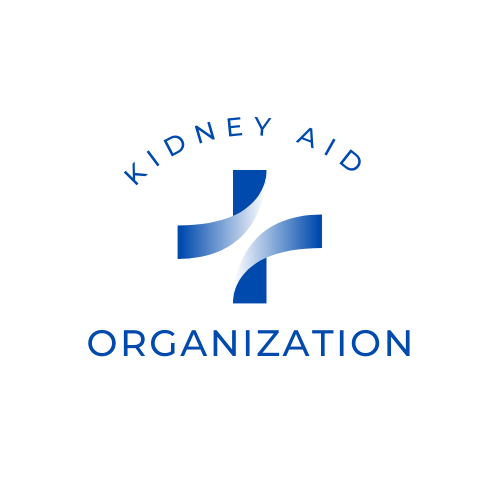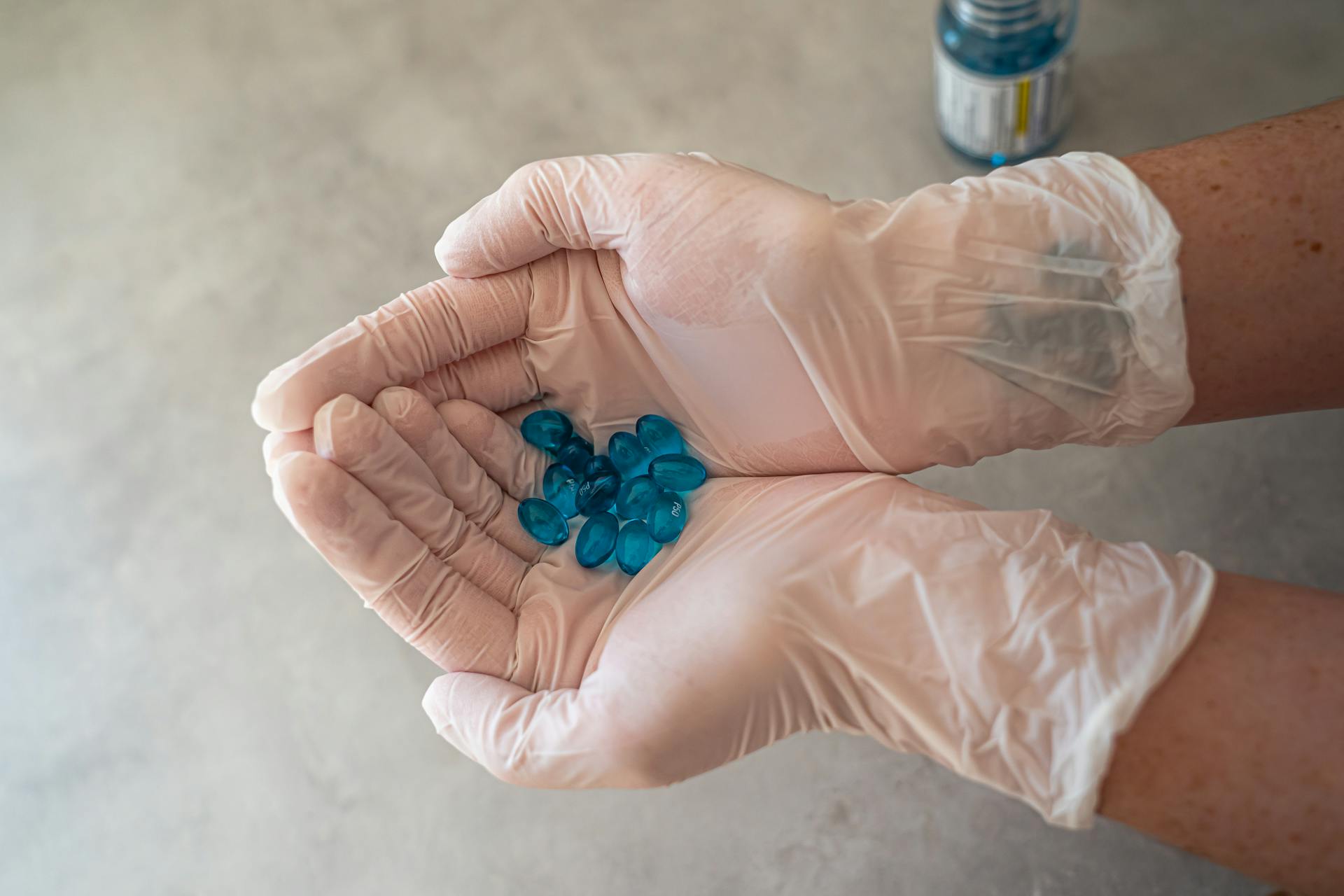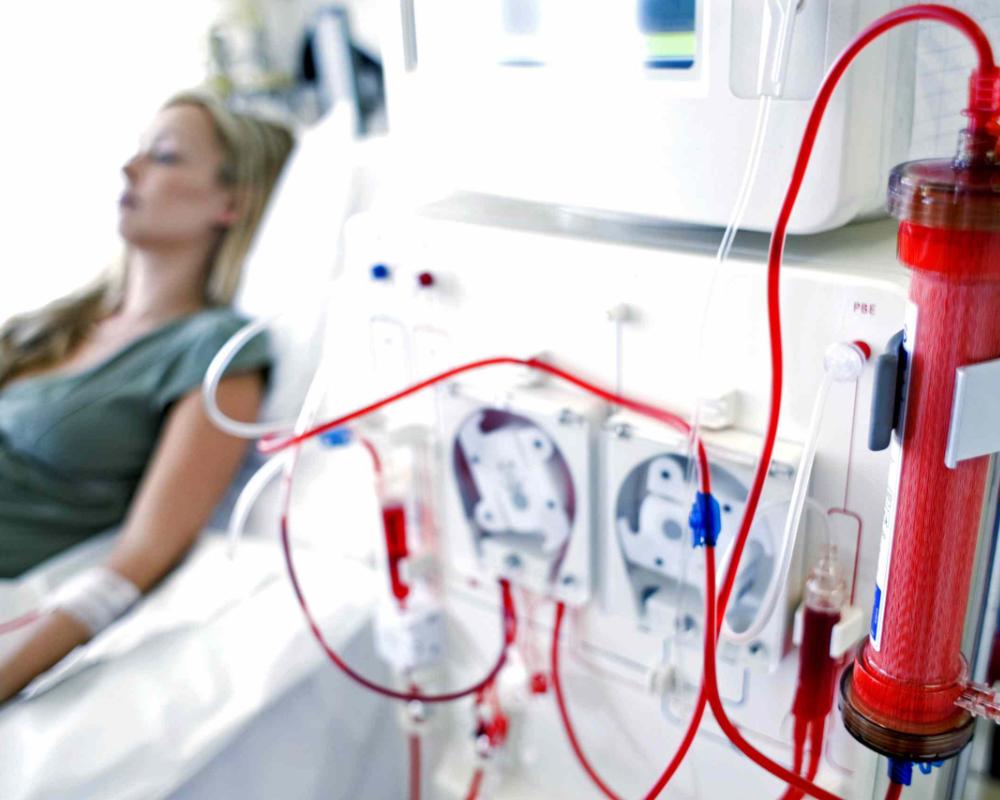Kidney disease is a complex and multifaceted condition that affects millions of people worldwide. While it is primarily associated with issues related to filtration, waste removal, and fluid balance, kidney disease can also manifest in unexpected ways, including musculoskeletal symptoms like hip pain. This blog post delves into the relationship between kidney disease and hip pain, exploring the underlying causes, diagnostic approaches, and management strategies to help individuals better understand and address this often-overlooked symptom.
The Kidneys: A Vital Organ with Far-Reaching Effects
The kidneys are two bean-shaped organs located just below the rib cage, on either side of the spine. Their primary function is to filter blood, remove waste products, regulate electrolytes, and maintain fluid balance. However, their role extends beyond these tasks. The kidneys also play a part in regulating blood pressure, producing red blood cells, and maintaining bone health. When kidney function declines, as in chronic kidney disease (CKD) or acute kidney injury (AKI), the body experiences a cascade of effects. These can include fluid retention, electrolyte imbalances, anemia, and bone mineral disorders. It is these systemic changes that can lead to symptoms in seemingly unrelated parts of the body, such as the hips.How Kidney Disease Can Lead to Hip Pain
Hip pain in individuals with kidney disease can arise from several mechanisms. Below are some of the most common connections:1. Bone and Mineral Disorders
Kidney disease often disrupts the balance of calcium and phosphorus in the body. The kidneys play a crucial role in activating vitamin D, which is essential for calcium absorption. When kidney function is impaired, vitamin D levels drop, leading to decreased calcium absorption and weakened bones. This condition, known as renal osteodystrophy, can cause bone pain, fractures, and joint discomfort, including in the hips. Additionally, elevated levels of phosphorus in the blood (hyperphosphatemia) can lead to the deposition of calcium-phosphate crystals in soft tissues and joints, a condition called calciphylaxis. This can cause severe pain and inflammation in the hips and other joints.2. Gout and Pseudogout
Kidney disease can impair the excretion of uric acid, leading to its accumulation in the blood. High levels of uric acid can crystallize in joints, causing gout—a painful form of arthritis. While gout most commonly affects the big toe, it can also occur in the hips, leading to sharp, debilitating pain. Similarly, calcium pyrophosphate crystals can accumulate in joints, causing pseudogout. This condition is more common in individuals with kidney disease and can result in hip pain and stiffness.3. Fluid Retention and Swelling
Kidney disease often leads to fluid retention (edema), which can cause swelling in various parts of the body, including the legs and hips. This swelling can put pressure on nerves and joints, leading to discomfort or pain in the hip region.4. Referred Pain
The kidneys are located near the lower back and hips, and pain originating from the kidneys can sometimes be perceived as hip pain. This phenomenon, known as referred pain, occurs when the brain misinterprets signals from one part of the body as coming from another.5. Infections and Inflammation
Kidney infections (pyelonephritis) or inflammation can cause pain that radiates to the hips or lower back. In severe cases, untreated kidney infections can lead to abscesses or systemic infections, which may exacerbate hip pain.6. Medication Side Effects
Many individuals with kidney disease take medications to manage their condition. Some of these medications, such as diuretics or steroids, can have side effects that impact the musculoskeletal system, potentially contributing to hip pain.Diagnosing the Cause of Hip Pain in Kidney Disease
If you have kidney disease and are experiencing hip pain, it is essential to consult a healthcare provider to determine the underlying cause. The diagnostic process may include:- Medical History and Physical Examination: Your doctor will ask about your symptoms, medical history, and any medications you are taking. They may also perform a physical exam to assess your hip joint and surrounding areas.
- Blood Tests: These can help evaluate kidney function, calcium and phosphorus levels, uric acid levels, and markers of inflammation or infection.
- Imaging Studies: X-rays, ultrasounds, or MRIs may be used to assess the hip joint, bones, and soft tissues for abnormalities such as fractures, arthritis, or crystal deposits.
- Joint Fluid Analysis: If gout or pseudogout is suspected, a sample of fluid from the hip joint may be analyzed for the presence of crystals.
Managing Hip Pain in Kidney Disease
The management of hip pain in individuals with kidney disease depends on the underlying cause. Below are some general strategies that may be recommended:1. Addressing Bone and Mineral Disorders
- Vitamin D Supplements: If vitamin D levels are low, supplements may be prescribed to improve calcium absorption and bone health.
- Phosphate Binders: These medications help reduce phosphorus levels in the blood, preventing calcium-phosphate crystal formation.
- Calcium Supplements: In some cases, calcium supplements may be recommended to strengthen bones.
2. Managing Gout and Pseudogout
- Medications: Nonsteroidal anti-inflammatory drugs (NSAIDs), colchicine, or corticosteroids may be used to reduce inflammation and pain during gout flares. However, NSAIDs should be used with caution in individuals with kidney disease.
- Dietary Changes: Reducing the intake of purine-rich foods (e.g., red meat, shellfish) and staying hydrated can help lower uric acid levels.
3. Reducing Fluid Retention
- Diuretics: These medications can help remove excess fluid from the body, reducing swelling and pressure on the hips.
- Low-Sodium Diet: Limiting salt intake can help prevent fluid retention.
4. Physical Therapy and Exercise
Gentle exercises and physical therapy can help improve joint mobility, strengthen muscles, and reduce pain. However, it is essential to work with a healthcare provider to ensure that the exercises are safe and appropriate for your condition.5. Pain Management
- Heat or Ice Therapy: Applying heat or ice to the hip area can help alleviate pain and inflammation.
- Medications: Acetaminophen may be recommended for pain relief, as it is generally safer for individuals with kidney disease compared to NSAIDs.
6. Treating Infections
If a kidney infection is contributing to hip pain, antibiotics will be prescribed to address the underlying infection.Prevention and Long-Term Care
Preventing hip pain in kidney disease involves managing the underlying condition and addressing risk factors. This includes:- Regularly monitoring kidney function and following your healthcare provider’s recommendations.
- Adhering to a kidney-friendly diet that limits phosphorus, sodium, and purines.
- Staying hydrated and maintaining a healthy weight.
- Avoiding medications that can harm the kidneys or exacerbate musculoskeletal symptoms.
Conclusion
Hip pain in individuals with kidney disease is a multifaceted issue that requires careful evaluation and management. By understanding the potential connections between kidney dysfunction and hip pain, individuals can take proactive steps to address their symptoms and improve their quality of life. If you are experiencing hip pain and have kidney disease, don’t hesitate to seek medical advice. With the right approach, it is possible to manage both your kidney health and musculoskeletal symptoms effectively. Remember, early intervention and a comprehensive treatment plan are key to living well with kidney disease and minimizing its impact on your daily life.Want To Lower Creatinine Levels, Improve Kidney Function, And Safeguard Your Kidneys From Further Damage? Are you tired of living under the shadow of kidney disease? Are you yearning for a life free from the shackles of dialysis, kidney failure, and the looming threat of kidney transplants? If so, you're in the right place at the right time.
Imagine waking up every morning with boundless energy, feeling rejuvenated and ready to take on the day. Envision a life where your kidneys are functioning optimally, and you no longer dread the burdensome routines of dialysis sessions.


